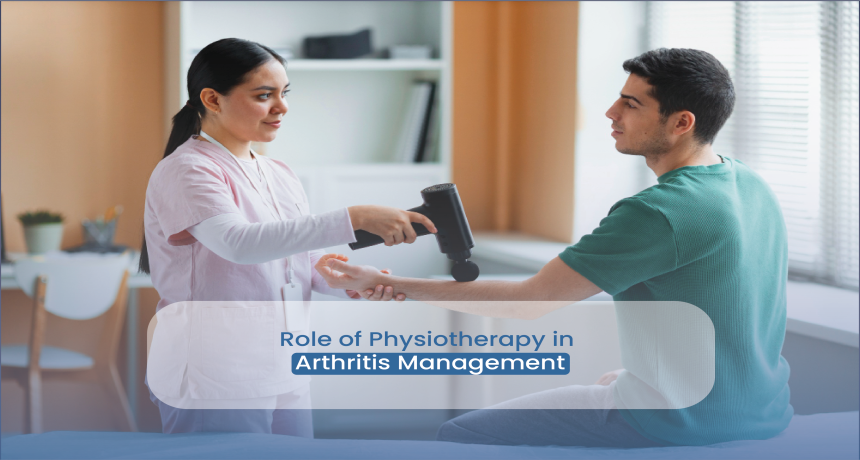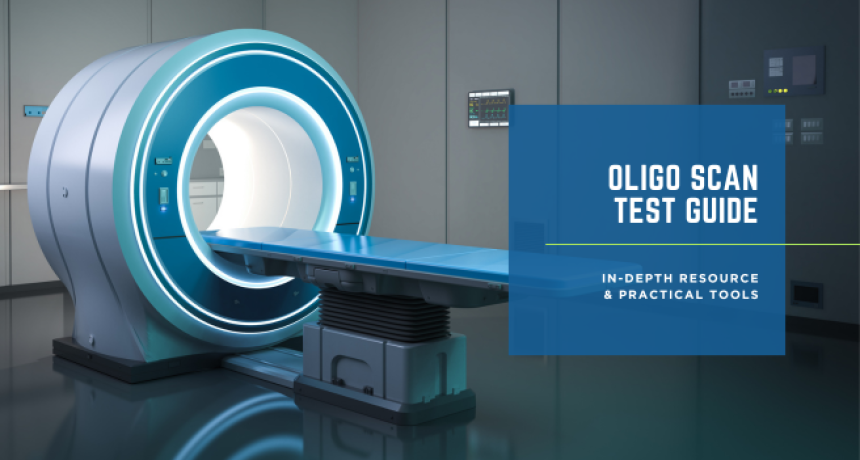Role of Physiotherapy in Arthritis Management
2025-07-19 Arthritis is a prevalent disorder that affects millions of people around the world. The symptoms of arthritis include pain, swelling, stiffness, and restricted movement. Although arthritis cannot be cured, there are many ways that can help manage symptoms and quality of life; one of the most effective and natural approaches is physiotherapy. Physiotherapy or physical therapy is a treatment that is based on the use of movement, exercise, hands-on care, and education to help people move independently and regain function. In individuals who have arthritis, physiotherapy can help with pain in the joints, improves mobility and helps with everyday activities. In this article we will discuss the benefits of physiotherapy to manage arthritis, what exercises physiotherapists provide for treatment of arthritis, and the general benefits that patients will experience. Arthritis is not just one disease; in fact, there are over 100 diseases that make up arthritis, but the most common types of arthritis include: Osteoarthritis (OA): wear and tear on the joints over time. Rheumatoid arthritis (RA): an autoimmune condition, this is when the body attacks its own joints. Psoriatic arthritis: this is usually associated with psoriasis, a skin condition. Gout: this is the result of uric acid crystals in the joints. The symptoms of arthritis can be anywhere from mild discomfort to the destruction of the joints. Regardless, arthritis interferes with how people move freely and fully live their life. A physiotherapist has a very important role in managing arthritis in a positive way. They can help for many reasons. Pain is the most frequent/certain complaint with arthritis. Physiotherapy can involve the use of: Gentle exercises Heat or cold Manual techniques (hands on techniques) Ultrasound or electrical stimulation. These methods can help decrease the pain signals sent to your brain, they can help increase blood flow to your joint(s), and even help to relax your muscle(s) that are stiff around your joint while you are doing the exercises. Stiffness is another problem. Physiotherapy can assist with stretching and loosening up tight muscles and joints which can help you with your flexibility and make daily activities less of a chore in your life. Poor muscle strength can perpetuate joint pain. Physiotherapy can include strengthening exercises to strengthen the muscles around your joint(s) that are involved in the pain. The stronger your muscles are, the more they create a 'shock absorber' effect and reduce the pressure at your joint(s). Arthritis can impact your balance and posture, physiotherapists will offer balance training and educate you in techniques to maintain proper body alignment which will help prevent falls and reduce strain on your joints. A physiotherapist is a good health provider because they will not just treat you, they will educate you. You will receive education around how to manage your condition at home, activity modifications to avoid and how to effectively use assistive devices and stay active safely. Exercise is an important part of your arthritis management. The right exercise can help maintain joint function and relieve pain. Here are two types of physiotherapy exercises for best arthritis treatment in delhi. These gentle movements will take the joints through their full range of motion. Some examples are: Circles forward Wrist bends Leg swings Ankle rolls. These exercises are important to limit stiffness and keep the joints moving. These are exercises that strengthen the muscles around the joint. A stronger muscle around the joint means less load on the joint. Some examples are: Wall push-ups Leg raises Chair squats Exercises with resistance bands. Strengthening exercises are typically performed 1-3 times a week with rest in between sessions. Stretching can improve flexibility and reduce stiffness in the body. Muscle stretching is easy and popular example is: Hamstring stretch Calf stretch Shoulder rolls Neck tilts Stretching should always be done slow, and gentle - No bouncing! Aerobic or cardiorespiratory exercise is also good for heart health, and controls weight gain, keeping less demands on your joints. Examples: Walking Swimming Biking Water Aerobics Water-based weight-baring mobility would be optimal because it helps weight-burning by lessening your weight and impacts on your joints. Balance and coordination exercise is important for individuals who may be less sure of movements due to discomfort and joint pain. Examples: One leg standing Heel to toe walking Tai Chi Balance exercises increase your balance and coordination and improve how you feel. The knee is one of the common joints involved in arthritis. Knee osteoarthritis, for instance, can cause pain when walking, climbing stairs, and even standing. Here are ways physiotherapy can assist the knee: Pain Control Use of heat, cold packs, or ultrasound therapy to help reduce swelling and pain. Strength Training There will be a strong emphasis on strengthening the quadriceps (the muscles covering your thigh). The quadriceps help stabilize the knee, in doing so, reduce the amount of load on the knee joint. For example: Straight Leg Raises Step-ups Wall squats Flexibility Gentle stretching can assist with maintaining the range of movement in your knee and alleviating stiffness. Manual Therapy Your physiotherapist may use manual therapy with your joints to help maximize the range of movement and reduce your pain. Rehabilitation means helping someone get back to health and function after a flare-up, injury or surgery. The goal of rehabilitation for the arthritis patient is, for the most part: Restoration of joint motion Rebuilding muscle strength Regaining independence in activities of daily living Teaching how to care for a long-term self In more extreme cases, such as after a joint replacement surgery (total knee, hip, etc.) rehabilitation is critical to the recovery process. A usual rehabilitation program can include: 1. Engaged in exercises (at least 1 time per day and supervised) 2. Therapies to relieve pain 3. Mobility training (learning how to walk/move safely) 4. Use of devices, as, walkers or braces 5. Home exercise plans. To summarize, here are some key benefits you can expect from physiotherapy treatment with arthritis: ↓Joint pain and stiffness ↑ Joint mobility and flexibility ↓ Muscle weakness that is associated with your joints ↑ Independence and confidence ↓ Risk of falls and injury ↑ Healthy active living ↑ Quality of life Physiotherapy offers a safe and natural way to manage your arthritis. While physiotherapy will not cure your condition, it may slow the disease process and help limit habit forming medications or surgeries. Request a referral: Have a conversation with your physician and ask him/her for a referral to a licensed physiotherapist. Be honest: Be honest with your physiotherapist about your symptoms, limitations and goals. Be slow: Do not jump into heavy workouts right away. Ease into it to start and build from there. Be consistent: To give yourself the best chance of success, you will want to begin seeing your physiotherapist on a regular basis and performing your exercises in your home on a regular basis. Be mindful: Pain is your body telling you to "STOP." Do not push through any sharp pain. Living with arthritis can be very challenging, but you don't have to do it alone. Physiotherapy is one of the best, safest, and most empowering ways to feel in control of your arthritis. With the appropriate guidance, exercises, and support, you can move better, feel better, and get back to living your life. If you, or someone you know, is suffering from joint pain or stiffness, don't delay! Make an appointment with a physiotherapist at L&B Clinic in delhi today to embark on your journey to better joint health.Understanding Arthritis
How Physiotherapy Helps in Arthritis

1. Pain
2. Joint Movement
3. Muscle Strength
4. Better Balance and Posture
5. Education and Self Management
Common Physiotherapy Exercises for Arthritis
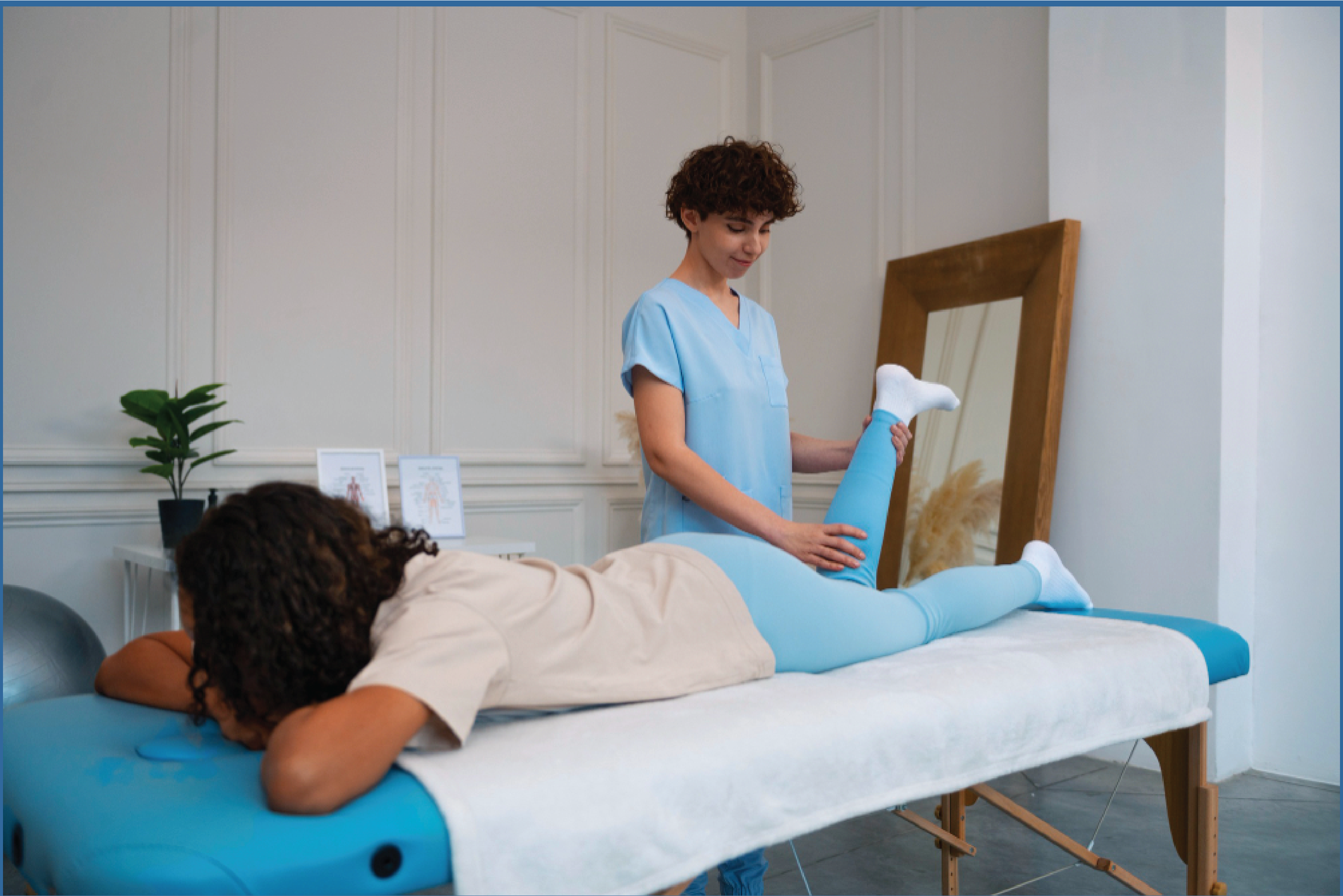
1. Range of Motion (ROM) exercises.
2. Strengthening exercises
3. Stretching
4. Aerobic or Cardio
5. Balance and Coordination
Knee Physiotherapy for Arthritis
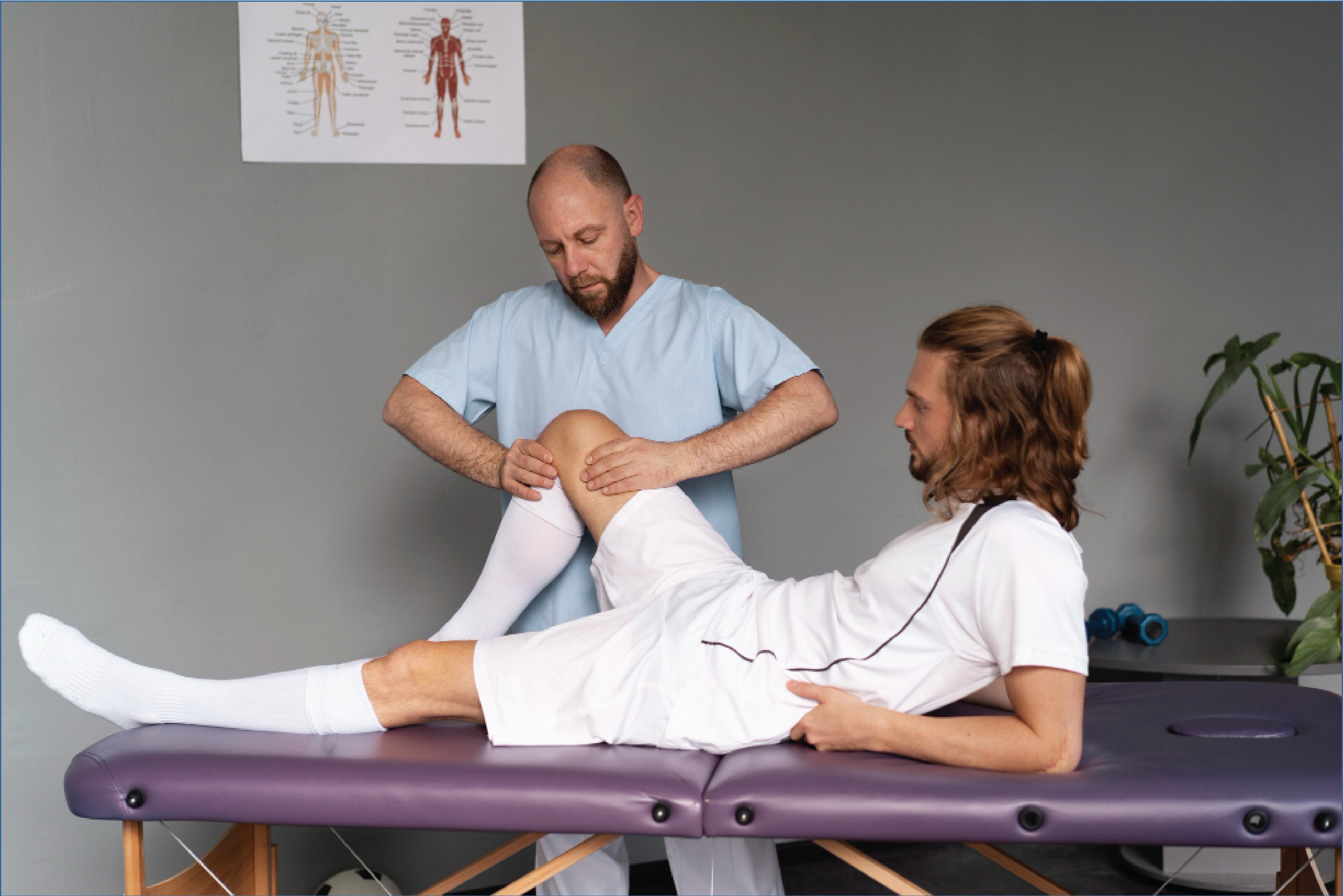
Rehabilitation for Arthritis Patients
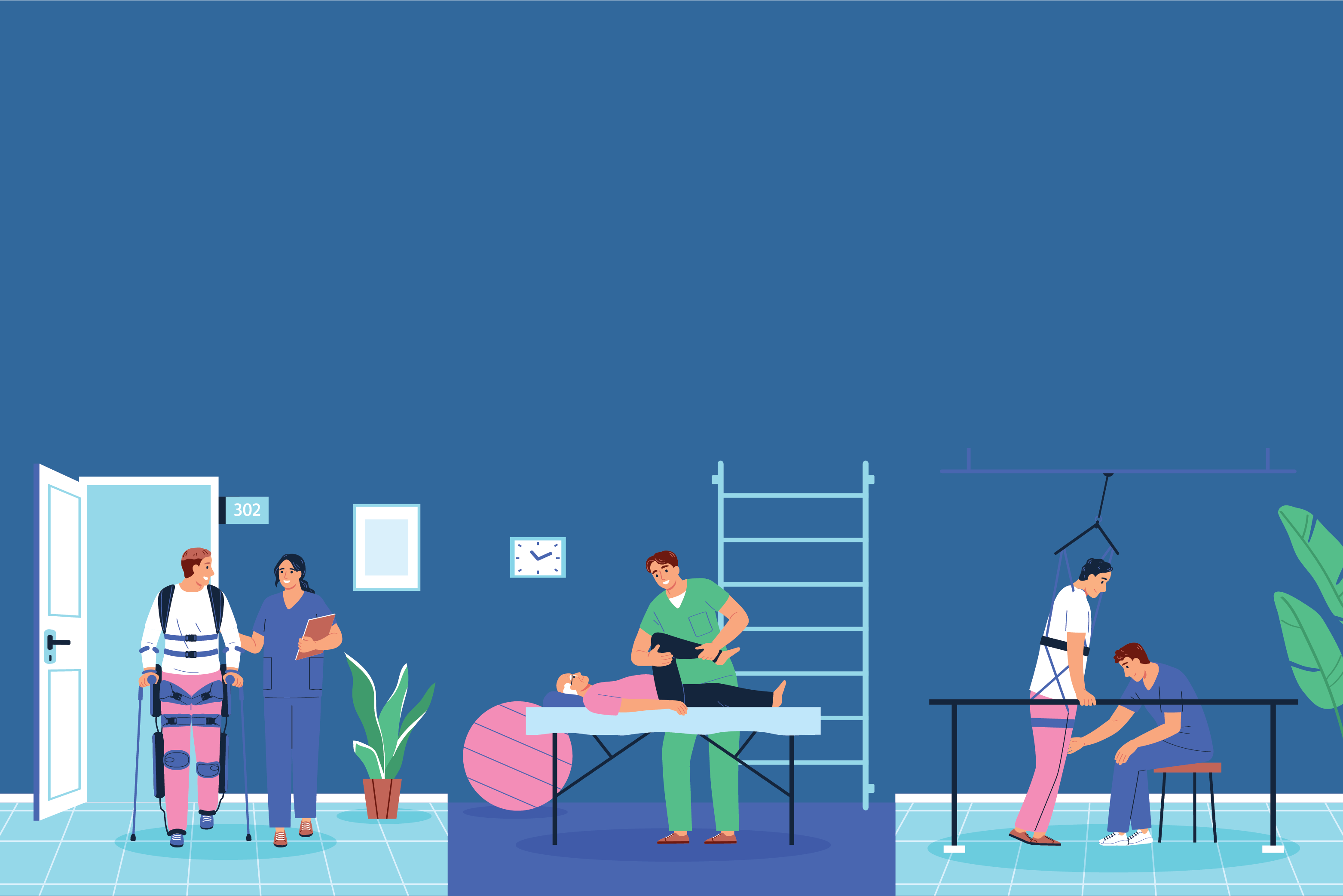
Benefits of Physiotherapy for Arthritis
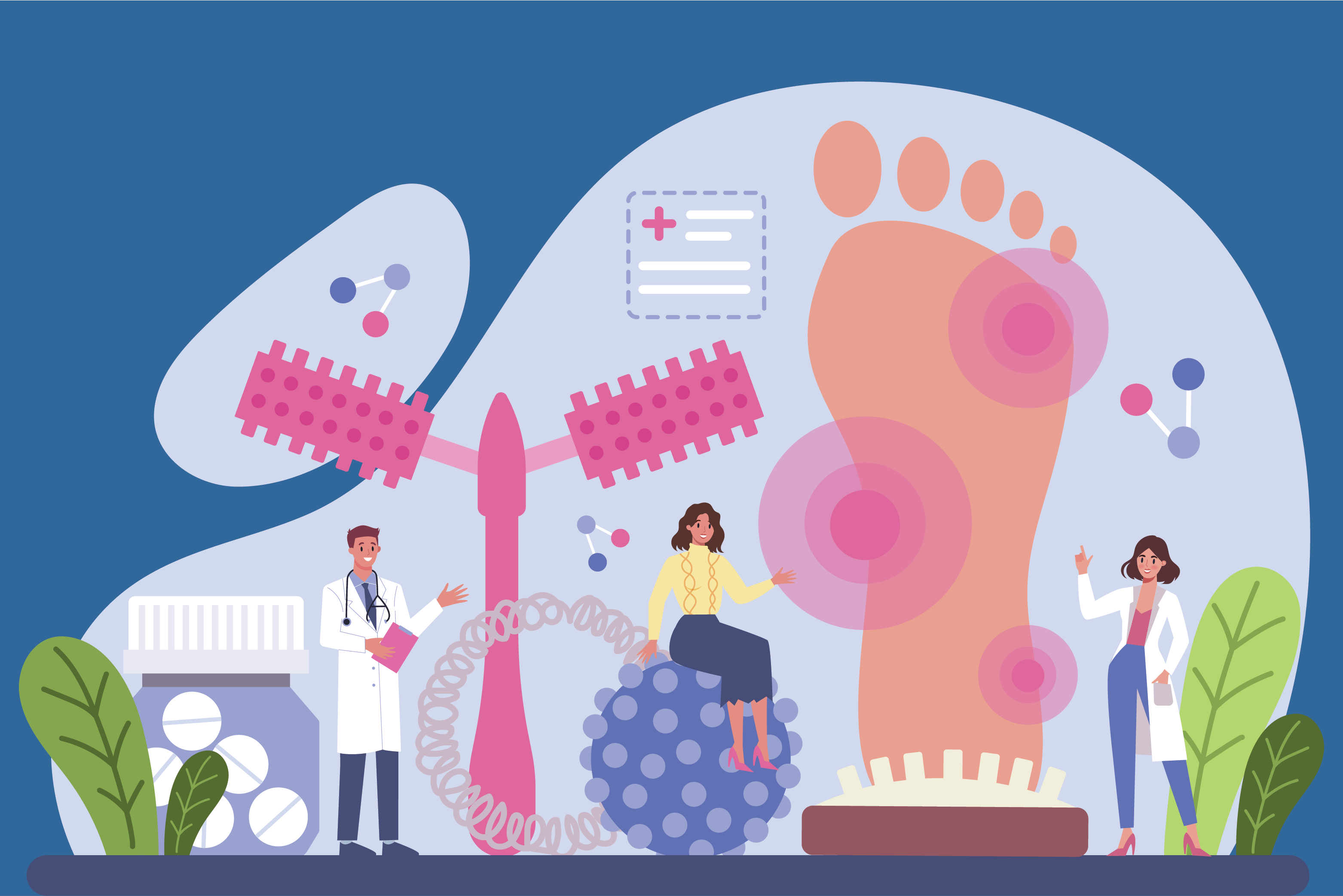
Tips for Getting Started with Physiotherapy
Conclusion
.png)
